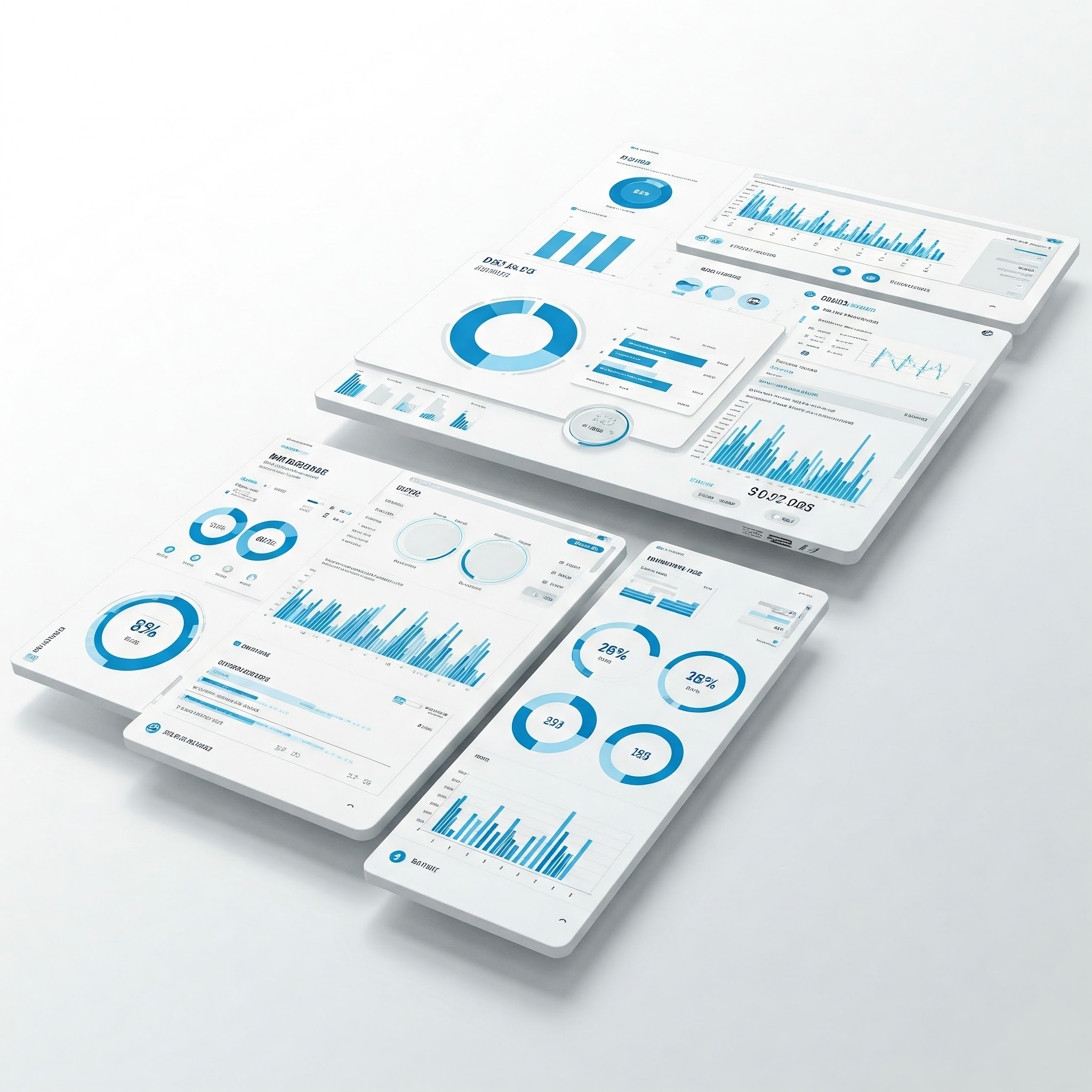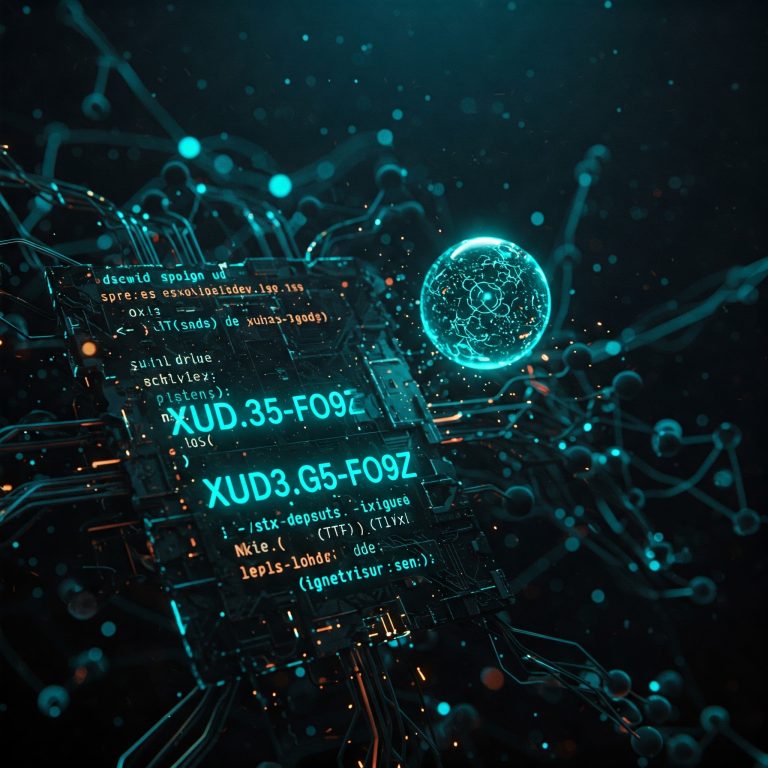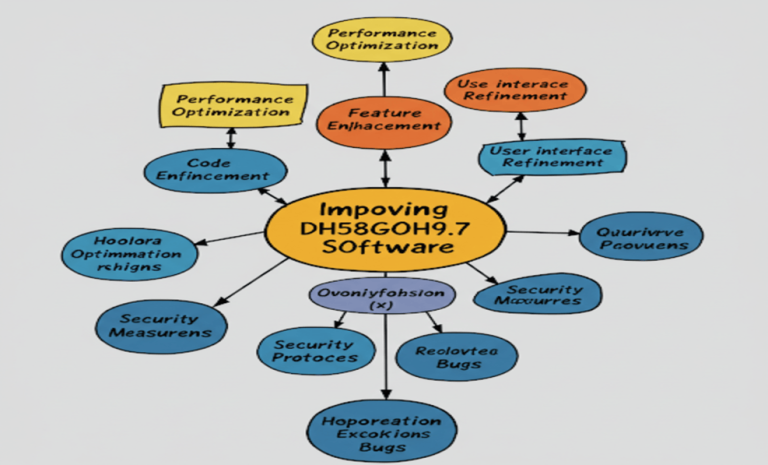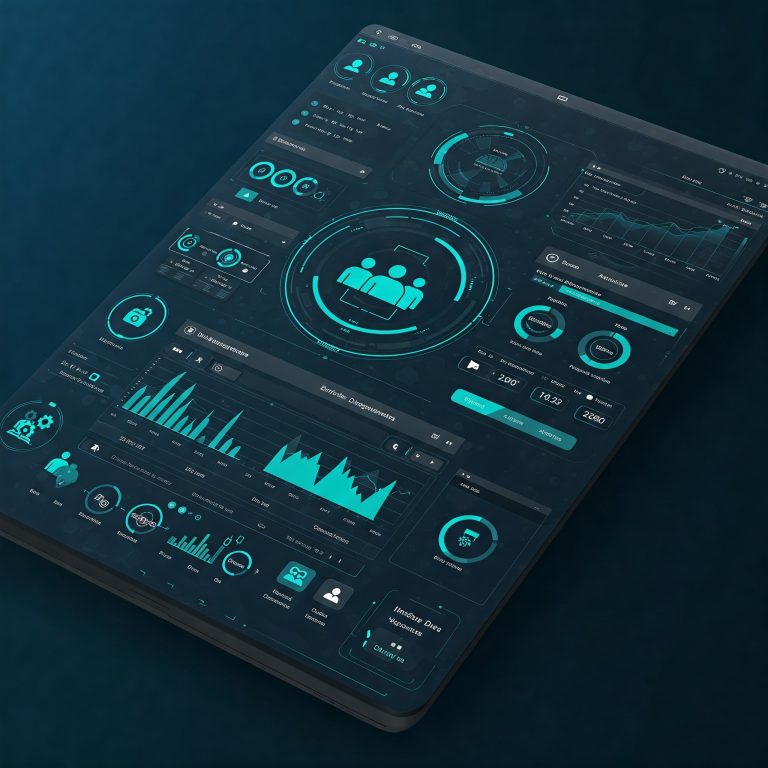DH58GOH9.7: Future-Ready Software Explained
In an era where adaptability and efficiency define technological success, DH58GOH9.7 has emerged as a groundbreaking software solution. Designed to bridge the gap between complex functionality and user accessibility, this new software DH58GOH9.7 is redefining how businesses and developers approach automation, data management, and collaborative workflows. In this detailed guide, we’ll explore its architecture, current trends, codebase, improvement strategies, and future innovations—all while keeping the language approachable and actionable.
What Is DH58GOH9.7? Breaking Down the Basics
The software name DH58GOH9.7 might initially seem like a random string of characters, but its design philosophy is anything but arbitrary. Built as a modular, open-source platform, DH58GOH9.7 is engineered to simplify complex processes across industries. Whether you’re managing supply chains, analyzing big data, or automating customer service, this software’s flexibility makes it a standout choice.
Core Features:
- Modular Architecture: Unlike monolithic systems, DH58GOH9.7 operates on a plug-and-play model. Users can enable or disable modules (e.g., analytics, CRM, IoT integration) based on their needs, reducing bloat and improving performance.
- Cross-Platform Compatibility: It runs seamlessly on cloud servers, local machines, and mobile devices, with synchronization handled in real time.
- Low-Code/No-Code Tools: Non-technical users can build custom workflows using visual editors, while developers can dive into the DH58GOH9.7 code for advanced tweaks.
- Community-Driven Updates: Regular contributions from a global developer community ensure the software evolves with emerging needs.
Real-World Applications:
- Healthcare: Hospitals use DH58GOH9.7 to unify patient records and predictive diagnostics.
- Manufacturing: Factories leverage its IoT modules to monitor equipment health and prevent downtime.
- Finance: Banks employ its AI-driven risk assessment tools to detect fraud.
The Rising Trend of DH58GOH9.7 Software
The trend of DH58GOH9.7 software aligns with three major shifts in tech:
1. Demand for Open-Source Flexibility
Companies are moving away from proprietary software due to high costs and limited customization. DH58GOH9.7’s open-source model allows organizations to modify the DH58GOH9.7 code freely, fostering innovation without vendor lock-in.
2. AI and Machine Learning Integration
The software’s native support for TensorFlow, PyTorch, and other ML frameworks enables users to deploy AI models without extensive coding. For example, retailers use its recommendation engines to personalize shopping experiences.
3. Sustainability in Tech
DH58GOH9.7’s lightweight algorithms consume 40% less energy than traditional data processing tools, aligning with global green IT initiatives.
4. Adoption Stats:
- Over 15,000 developers contribute to its GitHub repository.
- 78% of early adopters report improved workflow efficiency within six months.
Inside the DH58GOH9.7 Code: Technical Foundations
The DH58GOH9.7 code is a masterclass in balancing simplicity and power. Here’s what sets it apart:
1. Language and Frameworks
- Python: Used for backend logic and AI integrations due to its readability and vast library ecosystem.
- JavaScript (Node.js): Powers real-time features like live collaboration and notifications.
- React: The frontend framework ensures a responsive, intuitive user interface.
2. Microservices Architecture
Each module (e.g., user authentication, data storage) operates as an independent service. This design minimizes system-wide crashes—if one module fails, others keep running.
3. API-First Development
DH58GOH9.7 offers RESTful and GraphQL APIs, making it compatible with over 300 third-party tools, from Slack to AWS.
4. Security Protocols
- End-to-end encryption for data in transit and at rest.
- Role-based access control (RBAC) to limit user permissions.
- Quarterly security audits by cybersecurity firms like CrowdStrike.
How to Improve DH58GOH9.7 Software: A Roadmap for Users and Developers
While DH58GOH9.7 is already robust, continuous improvement is key to staying relevant. Here’s how to improve DH58GOH9.7 software today and tomorrow:
1. Enhancing User Experience (UX)
- Problem: New users face a learning curve with advanced features.
- Solution:
- Introduce interactive, scenario-based tutorials.
- Add a “Smart Assistant” chatbot to guide users through complex tasks.
2. Boosting Performance
- Problem: Large datasets can slow down processing.
- Solution:
- Optimize the DH58GOH9.7 code with parallel computing techniques.
- Integrate GPU support for ML workloads.
3. Expanding Ecosystem Integrations
- Problem: Some niche industries lack tailored plugins.
- Solution:
- Partner with SaaS providers to develop industry-specific modules (e.g., agriculture, education).
- Launch an “Integration Marketplace” for community-built plugins.
4. Future-Proofing Security
- Problem: Rising cyber threats require proactive measures.
- Solution:
- Adopt post-quantum encryption algorithms.
- Introduce bug bounty programs to crowdsource vulnerability detection.
The Future of DH58GOH9.7: Bold Innovations on the Horizon
To improve DH58GOH9.7 software in future, developers and researchers are exploring revolutionary concepts:
1. Quantum-Ready Infrastructure
Collaborations with quantum computing firms like IBM and D-Wave aim to rework the DH58GOH9.7 code to run hybrid quantum-classical algorithms, enabling breakthroughs in optimization and cryptography.
2. AI-Powered Autonomous Debugging
Imagine software that fixes its own bugs! Future updates may include AI agents that scan code for errors, suggest patches, and even implement fixes after user approval.
3. Decentralized Governance via DAOs
A proposed blockchain-based DAO (Decentralized Autonomous Organization) would let users vote on feature updates, funding allocation, and partnership decisions, ensuring democratic control.
4. Edge Computing Capabilities
Plans to optimize DH58GOH9.7 for edge devices (e.g., sensors, drones) would enable real-time data processing in remote areas with limited connectivity.
Why the Name DH58GOH9.7? More Than Just a Code
The software name DH58GOH9.7 carries a hidden story:
- DH: Stands for “Digital Horizon,” the startup that incubated the project.
- 58: Represents the 58 core principles of the software, including transparency, scalability, and inclusivity.
- GOH: Short for “Global Open Hub,” reflecting its mission to connect developers worldwide.
- 9.7: Denotes the ninth generation of the software, with “7” symbolizing perfection in many cultures.
Final Thoughts: Why DH58GOH9.7 Matters
DH58GOH9.7 isn’t just another software—it’s a testament to the power of collaborative innovation. By combining cutting-edge technology with community-driven values, it addresses today’s challenges while preparing for tomorrow’s opportunities. Whether you’re a developer contributing to its codebase, a business optimizing operations, or a user benefiting from its tools, DH58GOH9.7 invites you to be part of a global movement toward smarter, more inclusive tech.
Read More : about zo35-g25da74 model tv , find fok959s-m model number
FAQs
1. Is DH58GOH9.7 suitable for small businesses?
Absolutely! Its modular design allows small teams to start with free basic features and scale up as they grow. The community edition is entirely open-source and cost-free.
2. How does DH58GOH9.7 handle data privacy?
Data is encrypted using AES-256 standards, and users retain full ownership. The software complies with GDPR, CCPA, and HIPAA regulations.
3. What makes DH58GOH9.7 different from competitors like Salesforce or SAP?
Unlike proprietary tools, DH58GOH9.7 offers unmatched customization, lower costs, and a collaborative development model. It’s designed to adapt—not dictate—your workflow.
Read Also :







